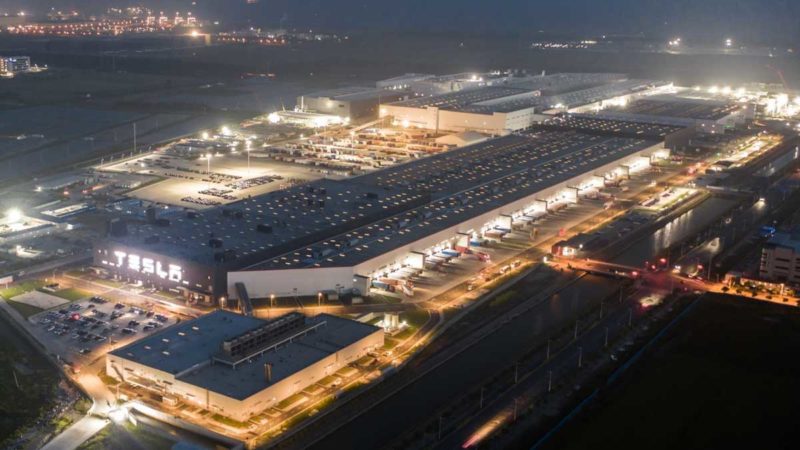Tesla is reportedly planning to invest $US188 million, or around $A265 million, to expand and optimise the production lines of its Giga Shanghai production facility.
According to several local Chinese reports, an environmental assessment report made public on November 23 shows that Tesla will invest up to 1.2 billion yuan on the expansion, which is expected to begin in December and be completed a few months later in April.
Models produced by Giga Shanghai will not be changed, and will remain focused on the Model 3 and Model Y. The expansion efforts will be focused on expanding the capacity of the stamping workshop, body shop, panting workshop, final assembly workshop, and logistics operation centre.
In addition to expanding Giga Shanghai’s infrastructure, Tesla is also expected to hire an additional 4,000 employees, taking the factory’s total number of employees up to 19,000.
All of which will allow Giga Shanghai to extend work hours and the frequency of material turnover. However, the environmental assessment report gave no indication of exactly what the resulting production capacity would be following the expansion measures taken .
Giga Shanghai currently boasts an annual production capacity for the Model 3 and Model Y of more than 450,000, enabling Tesla to be one of the top-selling brands of “new energy” vehicles in China. Its October sales of nearly 55,000 represented an increase of 348% from the year earlier.
Giga Shanghai also serves as an export hub to meet increasing demand from international markets such as Europe, although some of that burden will be relieved with the pending opening of Tesla’s next gigafactory, Giga Berlin.
According to news last week, Tesla is waiting on one final operating permit to be approved before it can open the doors on its new Berlin factory.
The opening of Giga Berlin will also likely lead to the removal of a major bottleneck which could lead to the first deliveries of the highly anticipated Model Y.
Joshua S. Hill is a Melbourne-based journalist who has been writing about climate change, clean technology, and electric vehicles for over 15 years. He has been reporting on electric vehicles and clean technologies for Renew Economy and The Driven since 2012. His preferred mode of transport is his feet.

